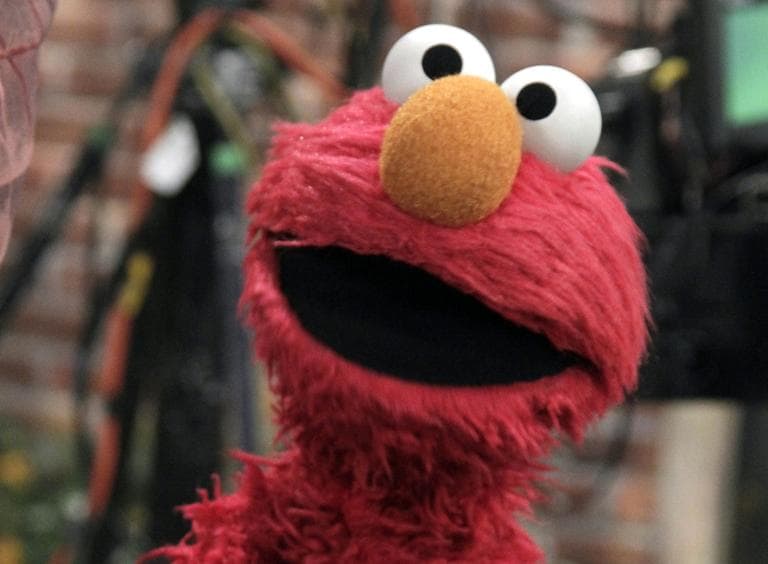Advertisement
Helping Kids Cope With Superstorm Sandy
Resume
After Sandy tore through the East Coast, Elmo went on WNYC's "The Brian Lehrer Show" and offered this advice to kids in the New York region: "If you don't have electricity, it will be on very soon. And be careful out there!"
As storm cleanup after Sandy continues, it raises questions about how to talk to children about natural disasters.
Experts suggest sticking to a scheduled routine, answering children's questions thoroughly, and asking them to share their feelings.
Dr. Melissa Brymer, director of terrorism and disaster programs at the UCLA/Duke University National Center for Child Traumatic Stress, suggests that older children and teenagers may want to take a more active role.
"Adolescents don't want to just sit around," Brymer told Here & Now's Robin Young. "They see their friends and those around them hurting, and we can find age-appropriate ways for them to volunteer."
Resources For Talking To Kids About The Storm
Sesame Street: Hurricane Kit. This "tool kit" for parents and caregivers in case of a natural disaster includes four Sesame Street videos for kids to watch (see Part 1 above). It also has 10 tips for parents and caregivers, including encouraging kids to share their feelings with words or pictures, and watching out for signs of stress, such as nightmares, bed-wetting and aggression. Sesame Street also has a PDF guide called "Here for Each Other" to help families after an emergency.
National Child Traumatic Stress Network: Resources for After a Hurricane. The resources include simple activities to do with your children or adolescents, guidelines for parents on how to help their child after a hurricane and ways teachers can support students in the aftermath of a hurricane. There is also a children’s book that explains hurricanes in kid-friendly language, with a useful guide for parents and caregivers at the end of the story.
FEMA: Keeping Children Safe in Sandy’s Wake. Written by a medical doctor, this guide from the Federal Emergency Management Agency includes tips on how to keep children safe in storm-affected areas, as well as a section called "Addressing the Emotional Impacts from Sandy." (Recommended by @hellolittleone on Twitter.)
The Child Mind Institute: Talking to Kids About Hurricane Sandy. The website includes a number of tips, and says "Be calm, factual and supportive. And turn off the TV."
Teaching Strategies: Helping Young Children Rebound After a Natural Disaster. This website has a number of resources for talking to kids about hurricanes Katrina and Rita - but they're just as relevant for Sandy. It includes PDF guides for infant and toddler teachers, as well as preschool teachers. (Recommended by Rachel Altmann of Portland, Oreg.)
The Red Cross: Children and Their Response to Disaster. The website has tips for reducing fear and trauma in children. For example: "When you're sure that danger has passed, concentrate on your child's emotional needs by asking the child what's uppermost in his or her mind. Having children participate in the family's recovery activities will help them feel that their life will soon return to 'normal.' Your response during this time may have a lasting impact." (Recommended by Caren Bedsworth of Nevada.)
Do you have other resources for talking to and supporting kids after the storm? Or do you have stories to share? Let us know in the comments section or on our Facebook page.
Guest:
- Doctor Melissa Bryner, director of terrorism and disaster programs at the UCLA/Duke University National Center for Child Traumatic Stress.
This segment aired on November 5, 2012.
